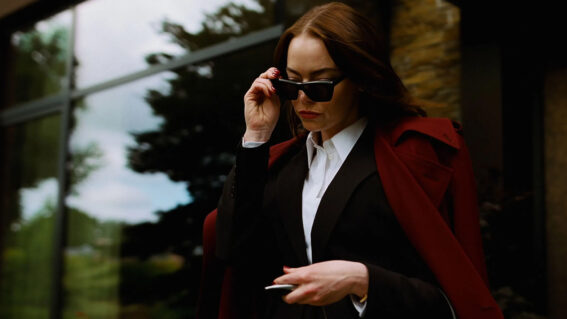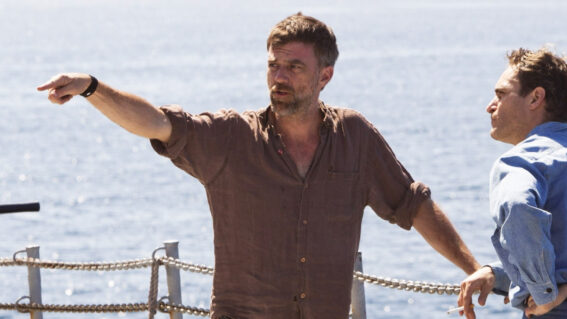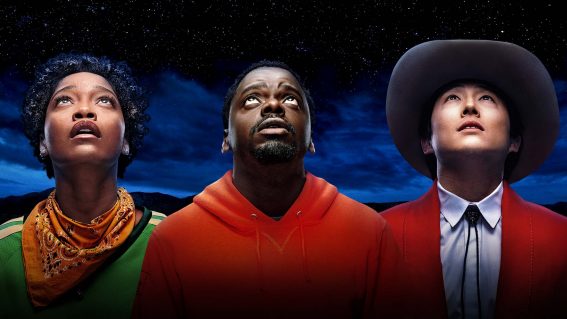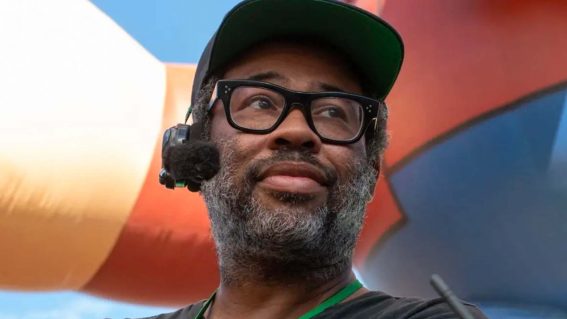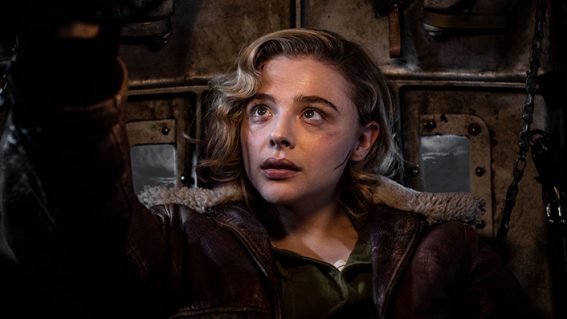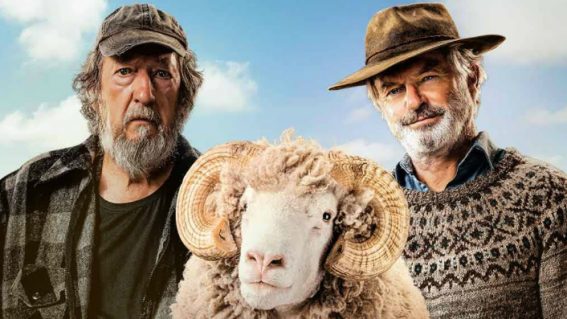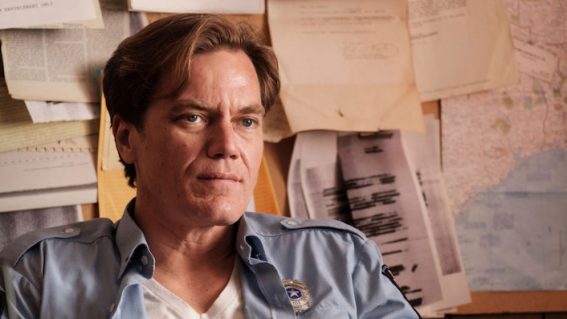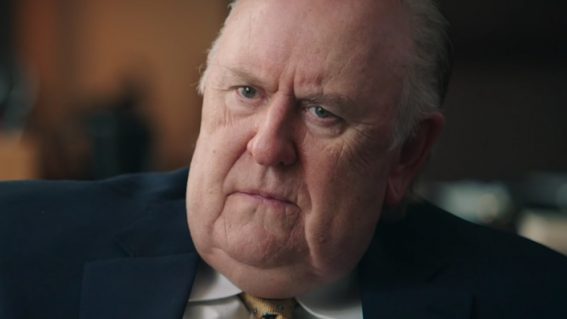American Animals director Bart Layton on his 5-star heist film
“They were so caught up in this movie fantasy that they’d created”
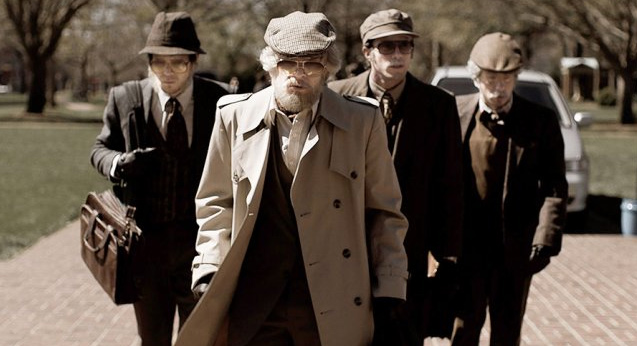
Returning from the NZ International Film Festival, American Animals is director Bart Layton’s follow-up to 2012’s riveting The Imposter. Telling the true tale of college students breaking bad to commit a lucrative heist, the film infuses its drama with documentary elements, making for riveting viewing (hey, check out our five-star review). Steve Newall spoke to Layton about his uniquely captivating film.
FLICKS: This is a bloody fascinating story. Your approach to the film is really, really interesting, and so I’m curious to know when you first decided on the mix of documentary and re-enactment or dramatisation.
BART LAYTON: Well, I think it was always the intention. I mean, it’s interesting that you’ve used the term re-enactment because the real guys are in it, I guess. I mean, there’s something funny about how, as soon as you include the real people, suddenly, the drama gets described as reconstruction or re-enactment.
I mean, I’m not sure we would describe a movie like I, Tonya or I don’t know, any of the dozens of recent movies based on true stories that have been dramatised or fictionalised that way. So I don’t necessarily really hold with the idea of it being re-enactment just because we’ve included the real people. I guess I worry a lot less than most people about how you categorise these movies, to me, the starting point is generally what is the best way to tell this particular story.
I think it was the real people themselves who I felt were quite unusual. Even though they’d done this deeply misguided thing, their reasons, their motivations for it felt quite human in terms of this desire for a life less ordinary or leaving a mark on the world. Or whatever their strange reasons were for committing the crime. And so I think it was because I was taken with them as individuals, and the honesty of what they had to say that made me think we have to find a way, or I have to find a way, to include their voices in the film. Because I think, without that, it becomes a more disposable story, potentially.
It’s still a great, fun caper movie but it doesn’t really speak to this idea of these quite lost young men who are searching for identity, and for this so-called special life that they believed they were promised. So how do we find a new way of telling a truth that you haven’t quite seen before, which is definitely not a documentary. But it still can contain some of those elements of what a documentary can do, which is really ground you in the real world and give you, I guess, a bit more skin in the game in terms of your emotional connection to the story and to the real guys. So that was really the thinking.
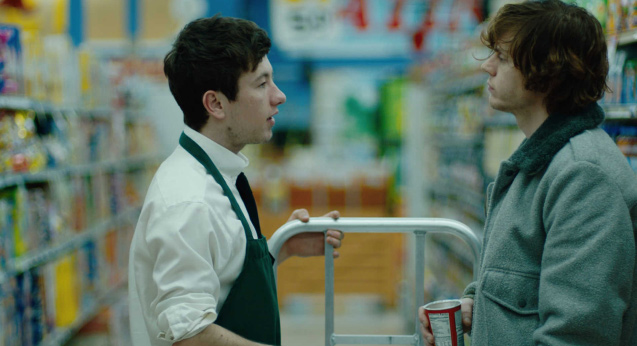
We’ve all seen films where a narrator is looking back at something that’s gone wrong, it’s a very standard convention. But I think in documentary, in general, and particularly in the last few years of intense true crime enthusiasm, there’s a very eerie feeling to have talking heads talking about something in vague terms without really elaborating. You know something’s going to go horribly wrong or there wouldn’t be a story at all.
I think that’s a good analogy. The idea of the older narrator versus the younger kind of protagonist, I think, is a better reference in a way than “the real one” and “the actor”. In a way, that’s how, in my mind, I was thinking about it—more as older version and younger version, where the interplay between those two things works as seamlessly as it possibly can. And yeah, I think you’re absolutely right.
The intention is that the effect of them being there does change your engagement with the story and with the characters. Because, most of the time, you see “based on a true story” at the beginning and then you kind of expect that everything that follows has been slightly exaggerated or embellished or fictionalised. And with this, it was such an outlandish story in a way that it didn’t really require a huge amount of fictionalising, and I wanted to make sure the audience was constantly aware that this really happened. And so you’re kind of asking yourself, “Where the hell is this going to end?” And you’re not suspending disbelief, you’re actually completely hooked into it.
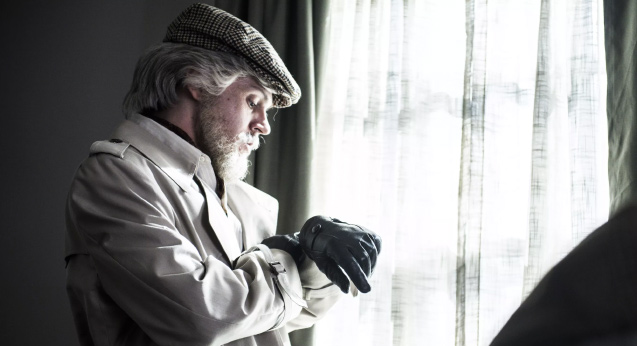
As you weave in and out of the real-life characters’ accounts and the dramatised version, there are lots of nifty little things that you get to play with. So you get to have, for instance, an actor repeat a line of dialogue in the same cadence as the person that they’re playing. Or you get to see contradictions happen in the accounts. How much fun was it for you working out all the ways you could exploit having those twin strands to the film?
It was fun and it’s something that I experimented a bit with in the last film I made, The Imposter. The intention is that you create as seamless a transition between non-fiction and fiction as possible, constantly thinking about the way for those things to converge. I think there was a concern that the inclusion of the real guys could throw you out of the movie. Whereas my instinct was that, actually, it could do the opposite. It might throw you out but that was the intention. That in doing so, you actually get the best of both worlds.
And so there were a lot of things like, for example, two guys would remember the same event completely differently. And so you can either choose to go with one version over the other or you could dramatise both of them in order to kind of flag up this idea that, not only have we got fairly unreliable narrators, but memory itself is unreliable. And also, we’re introducing the audience to this idea of how true stories get fictionalised. Part of the idea with a lot of those devices is to sort of pull the curtain back on how true stories get told or get reimagined, and sort of let the audience in on the process to a certain extent.
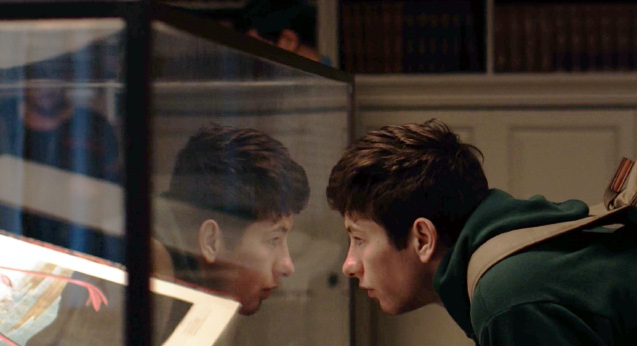
We’ve got these men looking back at a fairly traumatic event that’s happened in their lives. From very early on in the film, we know that it’s not going to turn out well for them. In your conversations with them, how much of their descriptions of what happened feels like the story that they tell for themselves? To make themselves feel better about what happened or to skew it for themselves over time?
It’s a good question. I based the script on a lot of the letters that we exchanged while they were in prison and shortly after they came out of prison. And, of course, there’s always a lot of kind of post-rationalisation that goes on, but I think the process of doing the interviews with them was one of really trying to get to the honest truth. And I think they are not portrayed as kind of heroic in any way. They’re portrayed as deeply misguided and young men who let a bad idea go way too far.
And so I think what you feel then in the film is pretty honest. I think they certainly regretted what they had done and felt very deeply remorseful for it. And I think you do see that in the film. I didn’t want the actors and the real people spending time together, even though the actors wanted to get to know the real guys because, obviously, they were playing them. And if you’re playing a real person, wouldn’t it be good to go and meet them and really understand what they’re like and their mannerisms and all this?
And I felt that, to your point, that actually, they were going to be at least 10 years older. Most of that 10 years had been spent in prison. They’re going to essentially be completely different people from the young, rather reckless young men who committed the crime. So I wanted the actors to find their own version of the characters rather than the ones that, as you say, had had time to kind of rationalise what they’d done or create their own narrative for it, or look back on it with a different kind of hindsight.
There’s a line in the film that sums that up, I think, or that plays to that point very well. I’m paraphrasing here but it’s along the lines of, “Once you cross a certain line, there’s no going back from that point.” What we see from the portrayals of the actors is, for the vast majority of the film, it’s in the lead-up, but they’re vastly different people after they’ve committed those acts. So it kind of makes sense to me to keep them segregated from one another.
Exactly. And really, that’s what the whole movie’s about, is kind of crossing a line that should never be crossed. And the ramifications of that and how that, again, this idea that they so desperately want to know what lies on the other side of this line that young men, with all of their privilege and opportunity, should never really cross. And when they do, they realise that it’s really not like Ocean’s Eleven.
It’s not like they’ve imagined, it’s a fantasy that they’ve created. I just don’t think that they probably ever really imagined that it was going to go as far as it did, combined with a kind of mob mentality. There wasn’t one of them who wanted to pull the ripcord and stop it. Although, as you can see in the film, I think Spencer does try to do that, try to get out of it. But I think they were so caught up in this movie fantasy that they’d created that it just went too far. And then discovering the reality of what that feels like to have performed a criminal act when you’re not really a born criminal, and how that impacts on you and your conscience and all of that, was definitely something that I felt was one of the most interesting parts of the story.
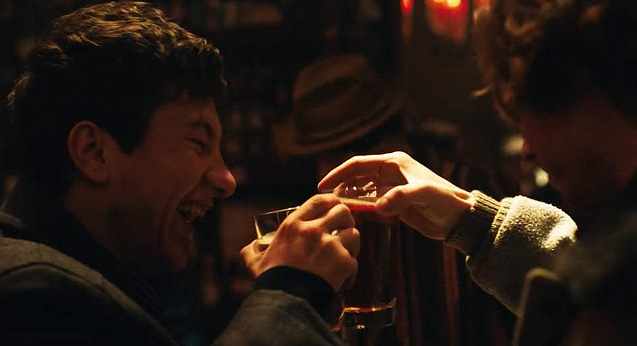
You get to riff on the heist film in a number of ways including showing their imagination, their version, of what is about to happen – a very Soderberghian slick heist with a sweet music sync. And then when they actually go about it, it becomes very biological, with pants-pissing and throwing up. It couldn’t be further away from one other.
I mean, that was very much the intention. It was always something that was very clear in the script which was the idea that, in their minds, it’s Ocean’s Eleven, and in reality, it’s Dog Day Afternoon. That they’d got so far away from the reality of what’s involved with this. In their mind, it’s kind of victimless. It’s a victimless crime and, of course, it isn’t. And actually, I think, in their minds, up to that point, the criminal element of it was the robbery, or the theft of the books.
But actually, really, the major criminal element was the assault of the librarian and that was the moment, that moment of physical contact is where the line is, that shouldn’t be crossed. And so I always wanted to make sure that we take the audience into the tropes of a heist movie so that you also feel slightly kind of complicit in it. You’re sorting of rooting for them to go through with it and get away with it. And then, when the rug gets pulled out from them as characters, when the wheels start to come off, it also gets pulled out from us as an audience.
We’ve mostly talked about kind of the reality, I guess, and the kind of grounding of it. But it’s also an opportunity for you to roll out a pretty extensive list of stylistic flourishes. Had you been wanting to make a purely kind of narrative feature for some time?
I tend to think, when I’m writing, these kinds of ideas come to mind. And so I write those all down. I write them into the script. I plan it pretty intensively and you get a lot of ideas and some of them are worth keeping hold of because they are absolutely right for that moment in the story. The idea with this was that it gets more stylised as they get deeper into the kind of fantasy, in a way. As they fall deeper into the movie fantasy, we get more of the tropes of the heist movie. So that was definitely a choice and again, it’s fun to get to play with those things.
But just generally, yeah, there are ideas that occur to me during the process of writing and planning and I tend to storyboard a lot. Not necessarily with a view to showing the storyboard to anyone, but just to get a kind of clear picture in my head of the look and feel of the film. And sometimes, those stylistic devices can go too far. You can have a great idea but then you can actually think, “You know what, it’s going to be too sort of flashy or showboaty, so probably better to leave that.” Yeah. But I guess I’ve always, even as a documentary maker, been very visually motivated.
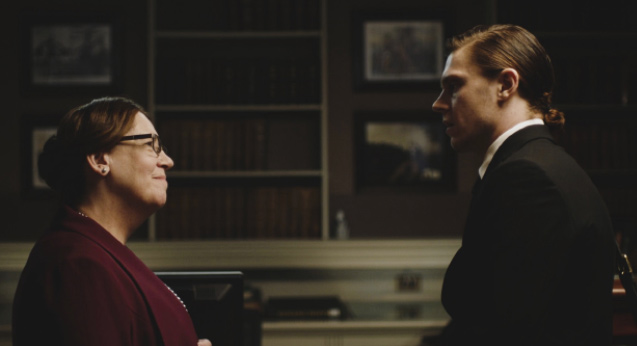
I’m thinking about how my gut churned as things got very serious during the lead-up to, and the carrying out of, first, the attempted robbery, then the robbery itself in the film. How did you go about making it as visceral and unsettling an experience as it was for me when I watched it?
That was exactly the intention. I guess it’s a lot to do with choice of the pace and the way in which the camera moves, and the general slowing down of certain things in order to really absorb and maximise the tension. Because I think movies nowadays, especially big-studio movies, move at a million miles an hour. Because I think they’re so worried about people having short attention spans. But the reality is, is if you really want something to be emotional or tense or suspenseful, you really do have to take the time to build that and allow the audience to sit with the suspense and the tension.
So a lot of that was to do with things like, I don’t know whether you noticed, but the whole build-up to the actual heist is very precise camera movement. It’s all very carefully plotted. Lots of dollies and static camera stuff. And then the moment that the violence happens or that the line gets crossed, then we go to a much more documentary kind of reality where everything changes. The colour drains away. It’s handheld, it’s much less precise. So you have that precision in the build-up to build tension and then when the wheels come off, it feels quite chaotic and just the right side of kind of, yeah, chaos, I suppose. It’s about careful planning and thought and thinking about that question of point of view and who you want to be with, who you want the audience to feel emotionally connected to.






